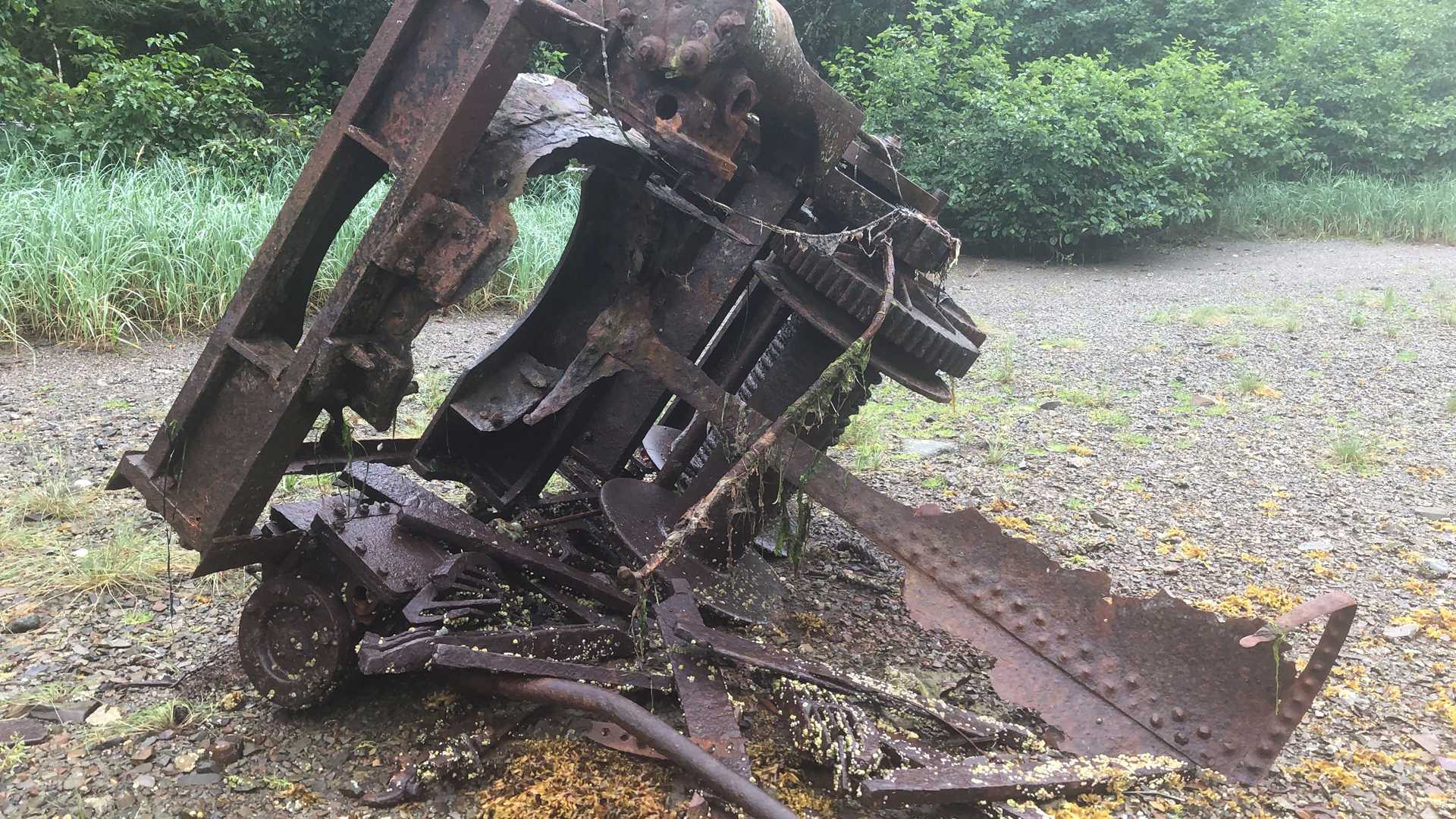This morning National Geographic Quest sailed into Neka Bay near Hoona, in Southeast Alaska. A true Alaskan day includes adventure and liquid sunshine – or rain, as most people know it. We were treated to both aspects today. Exploring Neka Bay by land and sea involved kayaking the rocky shoreline and exploring the interior via a network of bear trails worn down by time and the routine passage of these critical large mammals.
Neka Bay has a history of land and sea uses. Logging took place here in the early 1900s and salmon fishing on the Neka River has taken place since time immemorial. Today guests were treated to a temperate rainforest, wild muskeg landscapes and an immense shoreline exposed by the extremely low tide. Crossing the tidal mudflats proved challenging as the fine muddy sediments made for unforgiving mud that seemed to solidify around our sturdy boots.
Returning to the ship, guests were welcomed with warm beverages and were full of stories to share.







